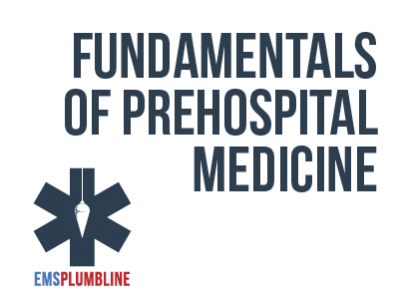 |
Building Upward: Resuscitation of Anaphylactic Shock Part 1—Overview |
1.00 |
Retired ALS provider, Michelle Cerone, speaks with Dr. Jeremy Cushman about the recognition and treatment of anaphylactic shock. This discussion gives the BLS provider the opportunity to compare allergic reactions to the life-threatening condition that requires rapid intervention. Final Exam: Please read each question carefully. You will have two attempts to gain a 70% or higher on this exam. If you are not successful in two attempts, you are welcome to take the course again to gain the certification. |
 |
I Belong: Supporting Social Awareness and Interpersonal Skills |
2.00 |
We all have lived full lives with varied experiences, both positive and negative. Whether we are aware or not, our experiences, including our social, political and cultural beliefs and background, affect our practice with youth. During this course, participants will learn about how culturally grounded beliefs and background affect our practice with youth, how to help raise our awareness of those factors, and reflect on current and new strategies that support the development young people’s social-awareness and interpersonal skills. |
 |
Differential Diagnosis of Dementia |
1.00 |
At the end of this course, you will be able to:
Define Alzheimer's disease, and identify its risk factors.
Examine the differences between Alzheimer's disease and dementia.
Explore the pathology and the clinical presentation of Alzheimer’s disease, frontotemporal dementia and dementia with Lewy bodies.
Examine the diagnostic tests and tools used in the diagnosis of dementia. |
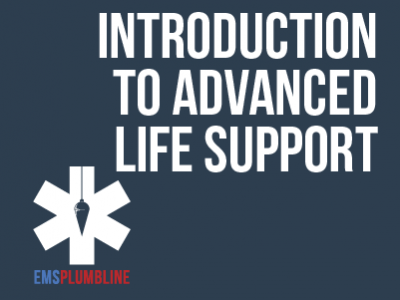 |
Constructing: Sepsis for Paramedics, Part 2—Fluid Resuscitation |
1.00 |
If you think caring for sepsis patients is not an interesting topic, you might want to think again. Medical Directors Jeremy Cushman and Christopher Galton, give Paramedic Hoskins a passionate description of proper patient care. Fluids are important and this is why. Final Exam: This multiple choice exam is designed to test your knowledge of the material you just reviewed. You have two attempts to gain an 80% or higher on this exam. Please take your time and answer each question carefully. |
 |
Health and Stress Management for Paraprofessionals |
1.00 |
Every day, paraprofessionals dedicate themselves to caring for and nurturing students and families. Often, paraprofessionals are so dedicated to serving others, they neglect their own needs. When this happens, paraprofessionals can experience stress that causes them to become overwhelmed, exhausted, frustrated, dissatisfied with job responsibilities, and unappreciated. When they maintain a healthy, balanced lifestyle, paraprofessionals are in a much better position to face the challenges of supporting and nurturing children and families with positive energy, enthusiasm, patience, and empathy.
By developing self-awareness, linking their personal and professional goals, developing a healthy balanced lifestyle, and identifying and managing stressors effectively, they can create and maintain a positive sense of well-being that allows them to maximize their ability to build positive relationships with students, parents, colleagues, and others. |
 |
Paraprofessional Math Skills 2: Geometry and Measurement |
2.50 |
This course covers Paraprofessional Math Skills: Geometry and Measurement. It is just one out of three Paraprofessional Math Skills courses, and one out of eight ParaPro prep courses that will prepare you on K-12 topics. This course will help you develop your knowledge of these mathematical concepts and help you apply them to abstract and real-life situations. After taking these prep courses, you should be prepared for the ETS ParaPro Assessment. This course can be taken as a stand-alone learning event, as part of a broader paraprofessional curriculum, or in preparation for the ParaPro Assessment.
After completing this course, you will be able to:
Understand and represent time and money in more than one way.
Convert between units or measures in the same system.
Identify basic geometrical shapes.
Perform computations related to area, volume, and perimeter for basic shapes.
Graph data on an xy-coordinate plane. |
 |
Business Ethics: Ethical Decisions (Instructor Guide) |
1.67 |
In this course you will learn to: define business ethics, describe how to balance personal values and organizational ethics, and identify common ethical dilemmas and their causes, and describe the DECISIONS method of making ethical decisions and identify the barriers to making such decisions. |
 |
Managing Performance: Performance Improvements (Instructor Guide) |
1.34 |
In this course you will learn to: plan performance improvements, handle performance problems, and use effective communication to solve performance problems, conduct status meetings, and maintain documentation of ongoing communication. |
 |
Employee Performance: Conflicts (Instructor Guide) |
0.67 |
In any organization, there are individuals with unique personalities and responsibilities. Conflicts are an inevitable part of employee interaction. Knowing how to resolve conflicts when they arise is vital to the well-being of any company.
In this course you will learn to: identify common myths associated with workplace conflicts, common reasons that conflicts arise, and types of workplace conflict, and distinguish between conflict management and conflict resolution.
This Instructor's Edition of this course includes notes and suggestions to assist you in presenting the material, whether in an in-person classroom setting, or as an instructor-led online or distance-learning course. It also provides you with the answers to questions found in mid-lesson activities, as well as in the quiz that concludes the course. |
 |
Understanding the Behavior of Children and Youth |
2.00 |
The development of children and youth can cause them to behave in ways that can be trying for even the most knowledgeable and experienced staff. When staff understands what is driving the behavior, they can help to guide and encourage acceptable behaviors. This course will provide participants with the knowledge and skills necessary to prevent unwanted behavior by meeting the needs of children and youth before they act out. |
 |
Elder Abuse Prevention |
1.00 |
In this course, you will learn about the prevalence of elder abuse and define the scope of this hidden epidemic. You will learn about the different types of abuse, your role in caring for elders, how to recognize signs of abuse, what to do if abuse is suspected, and how to help prevent it.
|
 |
Sepsis for Paramedics, Part 3—Conclusions to Consider |
1.00 |
In this final segment, Paramedic Hoskins does an excellent job of closing the discussion. The two medical directors are encouraged to give advice and you will want to hear what they have to say. Final Exam: This multiple choice exam is designed to test your knowledge of the material you just reviewed. You have two attempts to gain an 80% or higher on this exam. Please take your time and answer each question carefully. |
 |
Understanding Cognitive Behavioral Therapy |
1.00 |
This course covers the fundamental principles of cognitive behavioral therapy. It explores how educators can apply them to assist students with cognitive distortions or specific disorders that may affect them. It is just one out of many educational professional courses we offer. This course will help you develop new knowledge about students and will give you specific resources to help you in the classroom.
Please note, educators are not trained psychologists. This course is meant to serve as an introduction to cognitive behavioral therapy concepts so they understand what resources are available to their students. For true cognitive behavioral therapy, students should consult a registered psychologist. |
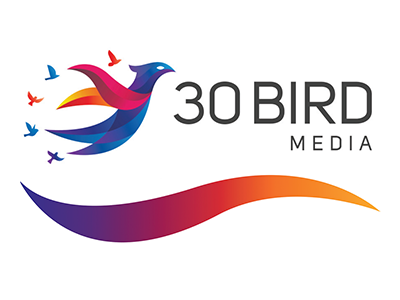 |
CompTIA Linux+ XK0-005 Exam Prep |
1.00 |
Exam Prep to accompany 30 Bird's CompTIA Linux+ Certification - Exam XK0-005 course. |
 |
Coaching: Communication |
1.00 |
Language is an important coaching tool. The use of suitable words during coaching will help you create relationships, repair employee confidence, and establish plans for employee success. As a coach, you must select words that directly influence your employees’ attitude, behavior, and performance. The use of appropriate language during your coaching sessions will help you convey your messages in a clear and encouraging manner.
In this course you will learn to: clearly express your message by using appropriate language, identify and use nonverbal methods of communication, and receive the desired information by asking effective questions. |
 |
Making Plans and Developing Policies |
2.00 |
Planning and policy-making are closely linked to the development of quality school-age care programs. When school-age staff are skilled as planners and policy-makers, they can use these skills to design and implement high quality programs that benefit children, youth, and families. It is essential for school-age care professionals to recognize that it is important for policies to grow out of a vision of quality, and a mission that supports that vision. Therefore, creating a vision for quality, developing a program philosophy, and writing a clear mission statement are the first steps in program planning. It is also important for school-age care professionals to use a systematic process to develop goals and objectives, set priorities for accomplishing goals and objectives, and develop goal-based action plans that will help the school-age program achieve its mission. High quality school-age programs are led by professionals who understand how to use effective strategies for creating a continuous cycle of planning and evaluation that supports ongoing program improvement. |
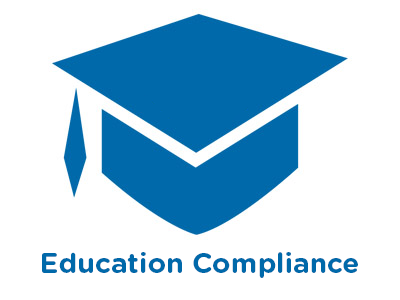 |
A Student Guide to Fire Safety |
0.50 |
Between January 2000 and May 2015, 85 fatal fires in dorms, fraternities, sororities, and off-campus housing took the lives of 118 people. This course offers students a refresher about fire safety, including the main causes of campus fires, the actions students can take to prevent fires, and the importance of working smoke alarms and knowing two ways out.
|
 |
Presentation Methods and Debriefing Activities |
2.00 |
There is no "one size fits all" approach to working with children and youth, and this is especially true when it comes to how we present and debrief activities. During this course, participants will understand the importance of the delivery and debriefing of an activity to help children and youth make meaning, as well as some specific methods that can be incorporated into the program right away. |
 |
Stress First Aid for Long-Term Care Staff |
1.00 |
As an essential worker during a pandemic, your work stress is accompanied by the stressors in your personal life, as well as concerns about your family’s health. As staff in a long-term care facility, you also have the stress of caring for vulnerable individuals with serious medical and cognitive issues who may be reacting poorly to extended social isolation. This is unprecedented in long-term care, and it requires ongoing, effective stress management. Stress First Aid offers a flexible framework of tools for addressing stress reactions that can hopefully reduce the likelihood that these reactions will develop into more severe or long-term problems. |
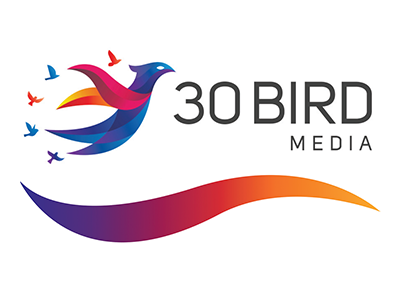 |
Microsoft Access 2019 Complete |
16.00 |
This course provides the basic and advanced concepts for the use of Microsoft Access 2019: How to navigate the Access interface; how to create and modify tables, queries, forms, and reports; how to create advanced queries, forms, and reports; how to create macros; and how to manage your databases.
You will benefit most from this course if you want to be an advanced user of Access 2019.
The course assumes you know how to use a computer, and that you're familiar with Microsoft Windows. It does not assume that you've used a different version of Access or another database system before. |
 |
Ladder Safety |
0.75 |
This course covers safe ladder practices, common hazards when using ladders, and the proper use of different ladder types. |
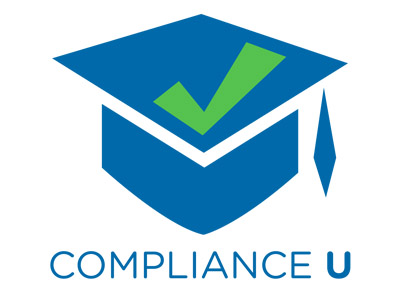 |
The NoFEAR Act (Corrections) |
0.25 |
This course will inform participants of the Notification and Federal Employee Antidiscrimination and Retaliation Act, also known as the NoFEAR Act. At the conclusion of this course, participants should understand the basic provisions of the NoFEAR Act, know what Antidiscrimination and Whistleblower Protection Laws protect them, and understand how to file a complaint alleging discrimination, retaliation, or a violation of the Whistleblower Protection Laws. |
 |
Project Teams: Preparing Teams for Project Work (Instructor Guide) |
1.00 |
Building a project team is more complex than assigning employees to the team. Team members must feel a sense of dedication to other team members, as well as to the project itself. Members who are not dedicated to the project team often disregard meetings, deadlines, and commitments, causing the entire team to suffer. To avoid these problems, the team managers and supervisors need to encourage team building to benefit the project, the team members, and the organization.
In this course you will learn to: empower and motivate a project team and develop positive culture in a project team, identify the causes of change in a team and manage change, and improve existing project teams.
This Instructor's Edition of this course includes notes and suggestions to assist you in presenting the material, whether in an in-person classroom setting, or as an instructor-led online or distance-learning course. It also provides you with the answers to questions found in mid-lesson activities, as well as in the quiz that concludes the course. |
 |
Multi-Age Learning and Interaction (CDA 1 & 5) |
2.00 |
This course explores the dynamic world of mixed-age childcare groupings. Discover how these environments expand learning opportunities for children of all stages, fostering social, emotional, and cognitive development. Delve into the benefits for both children and adults, including a deeper understanding of individual learners and intentional support facilitated through multi-age interactions. Navigate the advantages, challenges, and unique considerations of working with mixed-age groups, equipping yourself to create a thriving learning space for all. |
 |
Cultural Diversity in School Settings |
1.00 |
This course contains definitions of diversity, equity, and inclusion (DEI) and the role DEI plays in the school setting. Embracing diversity, equity, and inclusion benefits everyone within a K-12 institution: faculty, staff, students, and families.
Learners will reflect on the different elements of their own identity and how that impacts their perception of others. This course will also discuss the role of bias in the school setting. |


























